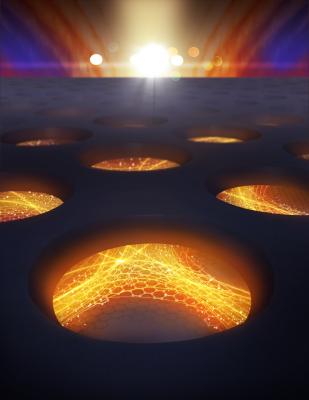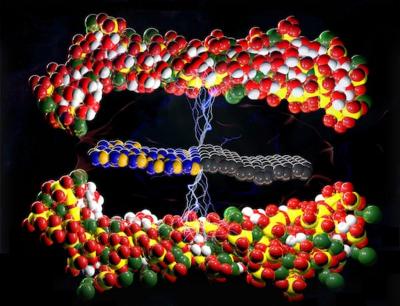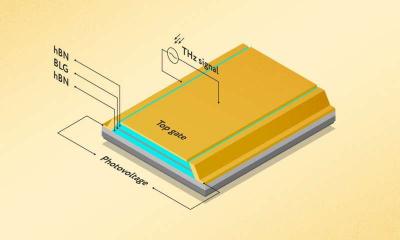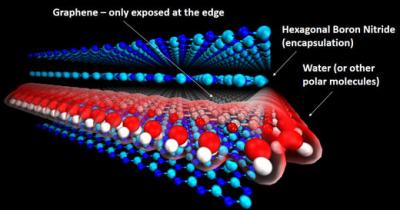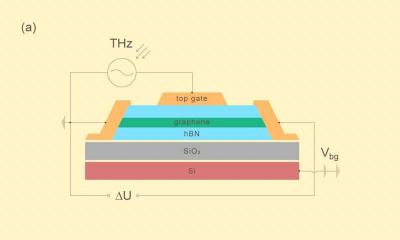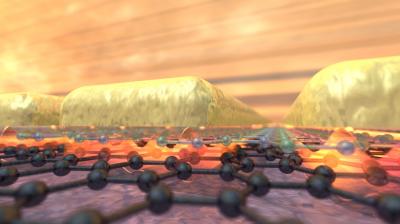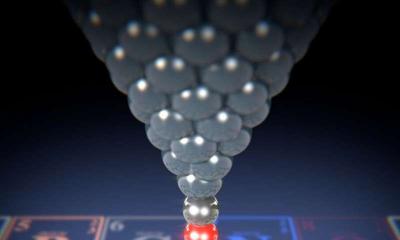Grolltex announces graphene plant expansion in San Diego to 30,000 eight Inch wafer equivalents
 Graphene and 2D materials producer Grolltex has announced the completion of its recent capacity expansion and released production for 30,000 eight-inch wafer equivalents per year at its CVD monolayer fabrication facility in San Diego, California.
Graphene and 2D materials producer Grolltex has announced the completion of its recent capacity expansion and released production for 30,000 eight-inch wafer equivalents per year at its CVD monolayer fabrication facility in San Diego, California.
This is the only commercial CVD monolayer graphene production facility in California and in fact it is the largest capacity plant of its kind in the U.S., said CEO, Jeff Draa. Demand for our electronics grade graphene has never been better. Our production lines are capable of producing single layer graphene or single layer hexagonal Boron Nitride.
